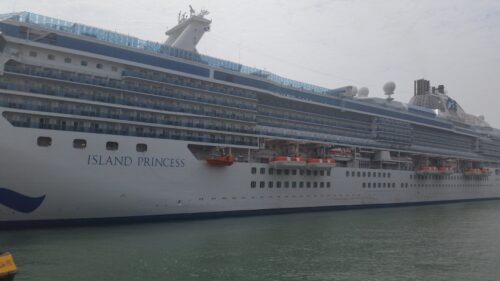What is Crisis Communications at Sea?

While on a recent cruise to Central America, I had the opportunity to watch a cruise ship’s leadership team spring into crisis communication mode.
With 2,200 guests and a crew of close to 1,000 from all around the world, effectively communicating with them would present some challenges. There are language and cultural issues that come into play.
All must be overcome, especially when an outbreak of Norovirus occurs, with some 40 cases reported onboard.
While it did not affect any of our traveling party, the Center for Disease Control says Norovirus is a very contagious virus that causes vomiting and diarrhea. Anyone can get infected and sick with norovirus. You can get norovirus from:
- Having direct contact with an infected person
- Consuming contaminated food or water
- Touching contaminated surfaces then putting your unwashed hands in your mouth
So, once it was determined that there was the potential for even more widespread sickness, passengers were provided public health reminders about symptoms, procedures and prevention via:
- Personal announcements from the ship’s captain, broadcast ship-wide several times daily
- A mention by the cruise director prior to major, highly-attended on-board entertainment events
- A flyer describing the symptoms and prevention methods delivered to each cabin
- “Public Health Reminder” articles in the ship’s daily newsletter, delivered to each cabin
- Regular announcements on the ship’s closed-circuit TV channel
- Signage posted on virtually every bathroom wall and mirror reminding people about proper hygiene techniques
- A crew member was stationed at the door of each dining hall making sure each passenger washed his or her hands before entering
The use of social media to communicate this situation was an unknown, as the high cost of onboard internet access prevented many passengers from being a part of the cyberworld during the trip.
If you were onboard, there is NO way you didn’t get the message. If you didn’t, it’s enough to make you sick.

